Markets, like the weather, are profoundly complicated. The success of even the smallest business decisions you make depends on a vast variety of factors, such as what is dominating the news or social media that day, a new regulation the government is about to pass, or even a protest in a foreign country.
In today’s frenetic, hyper-connected world, where no event occurs in isolation, you never know which cultural, economic, social, governmental or environmental phenomenon may impact your business.
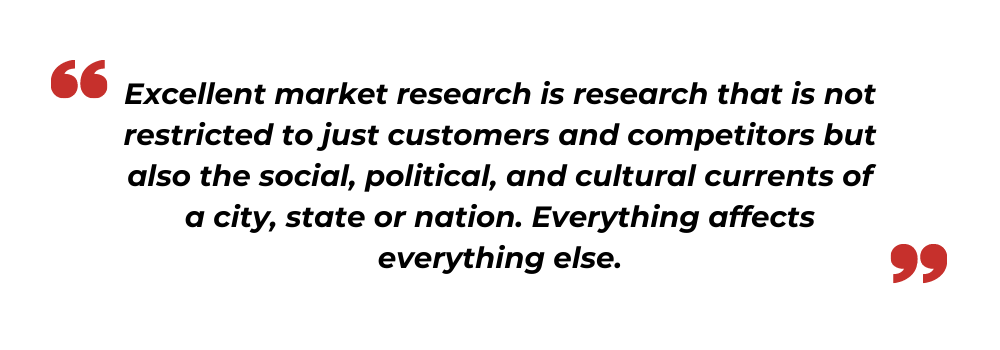
The wise, then, are always prepared. And this is precisely the goal of market research: to collect and analyze information about the market—and the hundreds of factors that influence it—and leverage the insights to always be a step ahead. By inferring what is most likely to be expected, you can quickly adapt by changing your targets and never lose your footing.
Market research and keeping up with change, the only thing constant
The logic of market research is simple: we know that change is the only thing constant, but—to keep up—what to change and how to change it can only be learned by thoroughly studying and analyzing the market. Done well, the result is guaranteed growth. Here’s how.
1. Anticipate needs
This is probably the best place to start. However, before you anticipate your customers’ preferences, needs, and expectations, ask yourself if you truly know who your customers are in the first place.

Identifying your target customers might seem easy: children’s books, for example, are targeted at children and their parents, who purchase them. But, in 2022, to merely guess who these children are is to squander hard-earned money: if we come up with a highly elaborate and expensive marketing campaign without any fact-based analysis of who our customers are, our campaign is destined to underachieve.
To get the most bang for your buck, and even more, you must identify your ideal customer intelligently, with well-defined factors, which themselves were determined by evidence-based methodologies and not on whim.
Ideal customers are identified by several factors, most commonly: age, occupation, their favorite social media channels, and their interests, to name a few. However, the more the factors, the more accurate the profile is. And so, the most successful businesses may use up to 100 factors to determine their ideal customer!
After they have determined their ideal customer, they collect data on them as these customers engage with their product or service or their marketing content. Businesses also never miss an opportunity to survey their customers via myriad channels such as email, text message, and post-checkout on e-commerce platforms.
Data is often termed the ‘new gold’, and now you will understand why. The vast volume of data collected from a variety of sources is integrated, stored, and analyzed by powerful data analytics tools to predict buying patterns. The more high-quality the data, the more accurate the predictions are. In other words, the more thoroughly you research, the more likely you are to anticipate what your customers want. This integrated data is what drives algorithms that find up-selling and cross-selling opportunities.
Read more: What Do Customers Want? 3 Key Learnings From the Most Disruptive Year of Our Lives
In case their preferences change, which they certainly will, they will always be reflected in the data you collect. Patterns produced by data analytics solutions, then, will change in accordance. And so will your strategy.
2. Gaining competitive intelligence
Customers want the maximum value at the lowest cost. And to that end, they are fickle. But can you blame them? The options at their disposal today are endless. Even the smallest businesses are not safe. Therefore, the fortune of your business is not just a function of what you do but also what your competitor does.

In parallel to thoroughly studying your customers, or, say, gaining customer intelligence, an excellent market research strategy also entails thoroughly studying your competitors, or gaining competitive intelligence (CI).
This might seem illegal or unethical, but it is not. While obtaining data by bribing employees, hacking, or via dumpster diving is a criminal act, gaining competitive intelligence is the ethical and fully legal practice of collecting and analyzing competitor data to gain an edge.
Competitive intelligence is gained by conducting competitive research, which draws on data collected from a plethora of sources. These commonly include:
- Websites
- Marketing campaigns
- Sales reports
- White papers
- Customer reviews
- Press releases
- Brand communication
Again, the greater the volume and quality of data, the more accurate your predictions of things like their next move, their customer share, their sales, and marketing strategy, and much more. In fact, the impact of competitive intelligence analytics is much more critical, affecting which market to enter next, which product or service to offer, and what should that product or service cost.
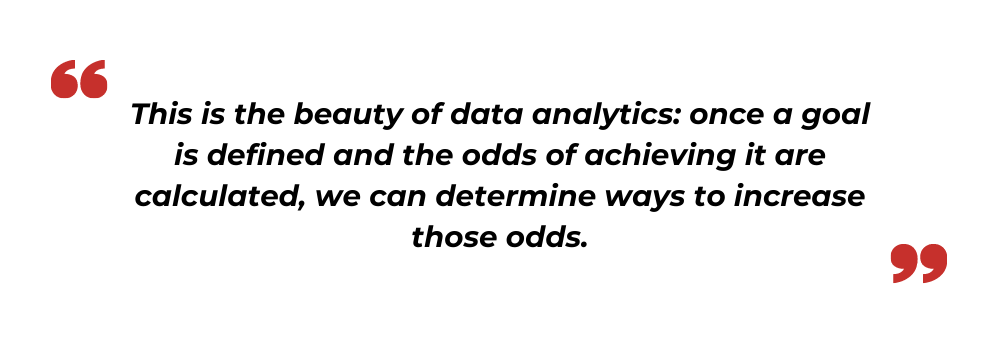
Unsurprisingly, the market is full of tools that help gain competitive intelligence. According to a Crayon study, the number of businesses with a dedicated team for competitive research has increased by 20%. But this is just the beginning. As data analytics continues to illuminate new ways in which minor changes may have a significant impact on the market, competitors will allocate more resources to study them and act accordingly.
Read more: What Will the Economy Look Like in 2022? 6 Trends to Watch Out For!
In a market so competitive and dynamic, the tiniest edge can turn into a chasm, provided you play your cards right.
3. Staying relevant
The concept of relevance ties neatly with customer and competitor research. A good deal of what shapes the market can be learned from your customers and competitors.
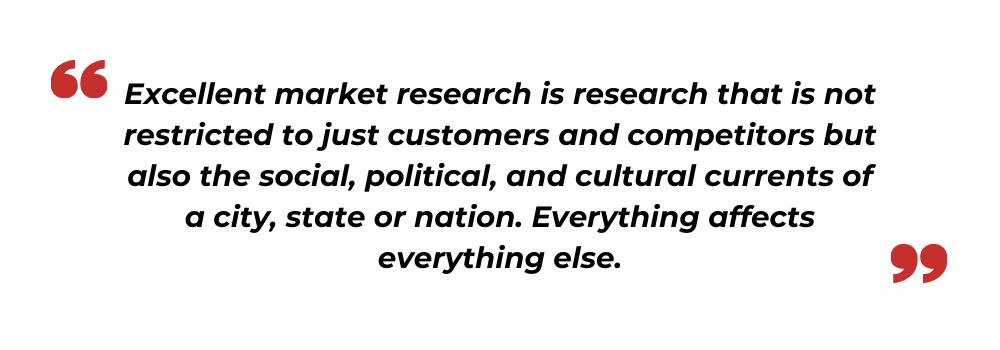
However, there is still plenty to learn. The forces that shape the market are not a handful anymore. In fact, they never were. It is only with dramatic advances in computing power and big data analytics that we have become equipped to understand that the market is way more complex than we thought it to be.
For example, mere claims have the power to disrupt markets today. Earlier, Qantas, the Australian airline giant claimed to go carbon-free by 2050. And guess what, immediately, their stock price climbed.
Similarly, when climate change activists protest against businesses responsible for environmental degradation, their stock price often declines, in accordance with their public perception.
Or consider Apple. The last decade or half was rife with concerns about the safety and security of our private data, the fuel on which most online businesses run today. Google and Facebook were under immense scrutiny, publicly and politically, for violating privacy pacts. Apple, witnessing the trend, did the opposite—it won over a big share of customers by making security their top priority.

The scope of relevance hence has widened massively. Excellent market research is research that is not restricted to just customers and competitors but also the social, political, and cultural currents of a city, state, or nation. Everything affects everything else. Your objective is to find out how to adapt and make the most of it.
And so, unsurprisingly, like competitive intelligence analytics, markets are full of environmental Social, and governmental (ESG) advisory services, which aid businesses in developing dynamic strategies that evolve with time, always ensuring that businesses are ESG-compliant.
When a government, for example, imposes strict regulations on daily wages or private data, ESG advisory services offer well-defined market-researched solutions which enable your business to quickly adapt to the changes, simultaneously winning the favor of the public, the government, and your shareholders.
Read more: Top ESG Investing Trends to Watch Out for in 2022
Of course, staying relevant, and hence ahead of the curve, is hard work. More so, it is continuous work. It cannot stop. The minute you stop, you become irrelevant. You go, and very likely stay, behind.
4. Is your data accurate?
You might have noticed that the word ‘well-defined’ popped up throughout. What does it mean for factors to be well-defined? And why does it matter?
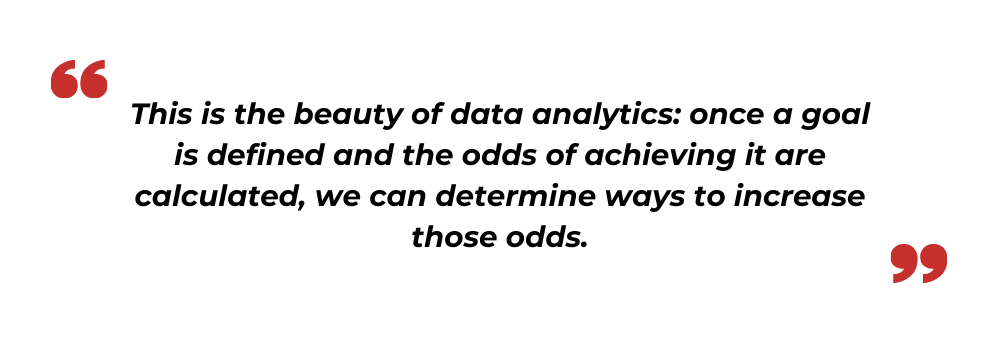
Well, market research is of two kinds.
First, primary market research, which focuses on what’s out there, in the field. The goal of this kind of market research is to uncover the unknown, to learn new things. Second, secondary market research, which focuses on what’s on your desk. The goal of secondary market research is to infer insights from data that is already known. This is the troves of information you find compiled in reports, textbooks, historical surveys, social, cultural, economic, and political studies.
Whether you collect primary or secondary data, the goal of collecting it is to understand the past and predict what is most likely to work in the future. This is a very high-level objective of engaging in market research. It can be further broken down into smaller, more distinct objectives such as finding positive and negative correlations between two products. Say, people who buy windows are very likely to buy curtains as well.
It might seem obvious that most people who buy windows also buy curtains, but it immensely helps to know how many do so. Why? For the simple reason that the number affects strategic decision-making, let alone the fact that it might save a lot of money. However, we cannot determine what products tend to be cross-sold and how many unless we know what we are looking for.
Whether you collect primary or secondary data, if the two data sets are unorganized, haphazard, or indiscriminate, unless it knows what it is looking for, even the most advanced computer cannot hand you the most coveted game-changing, industry-transforming insights. To make the most of market research and next-gen data analytics, your input and targets ought to be well-defined. Only then will you receive answers that are well-defined—actionable, but more importantly, measurable insights, or steps, to achieve that target.
We alluded to this in the first benefit of market research—predicting customer behavior. However, a market research and data analysis approach based on well-defined metrics of success and failure can better any decision you make.
Consider the second aspect, competitive research, for example. Any market research company, UK, US, or anywhere, will tell you that metrics of success help businesses make sense of what they and their competitors are trying to achieve. Ordinarily, these metrics are associated with external progress such as the number of products, customers serviced, benchmarking prices, campaign success, and so forth. However, what about internal progress? What about adopting management practices that are most likely to work? Or a more efficient, data-driven process of running a warehouse?
This is the beauty of data analytics: once a goal is defined and the odds of achieving it are calculated, we can determine ways to increase those odds. This applies to any goal—financial, personal, business, strategic—you name it. In fact, a good share of businesses have already adopted a data-driven approach to solve most of their problems.
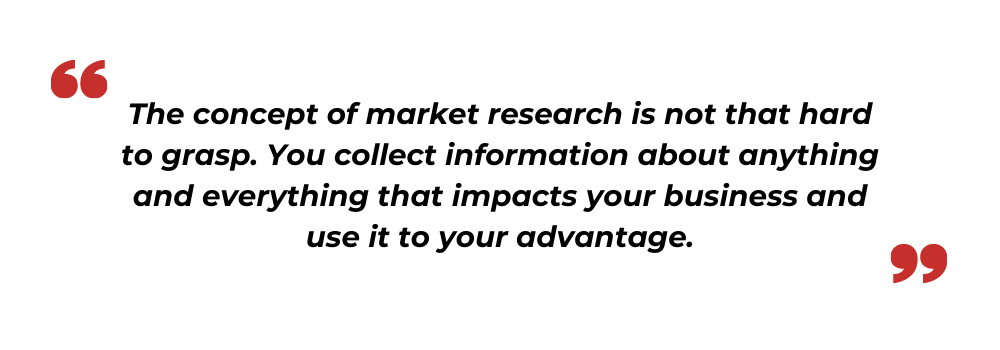
A major limitation, however, to its accuracy is the quality of the data itself. Data-first strategies are renowned for discovering growth opportunities where there seemed none or shaping dynamic strategies in real time. However, the results become questionable or downright unreliable when the collected data is of inferior quality.
Poor quality data is data that is collected from a biased source, say, bought reviews, or simply, lacks in volume. In other words, poor-quality data is not large and wide enough. This is the difference between mediocre and excellent market research.
Read more: Bias in AI: How Recruiting With AI Reduces Costs…and Diversity
Mediocre market research is characterized by a lack of creativity which translates to not finding novel places to look for data. A new place can offer a new perception. What is even worse is being unaware of the possibility of collecting poor quality data. On the other hand, excellent market research is characterized by the awareness of biases and actively avoiding them, thereby collecting data from a wide variety of the finest sources.
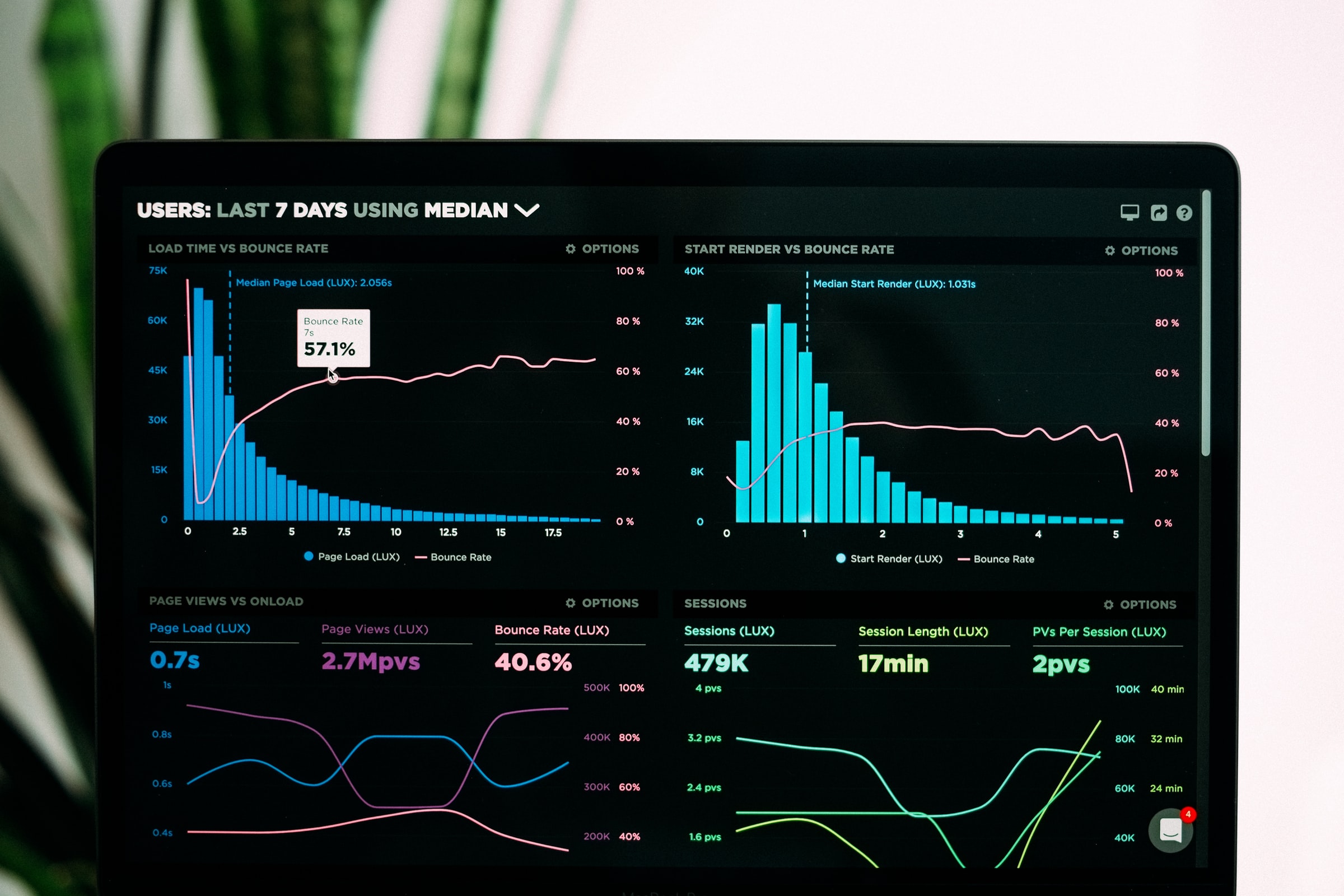
What separates the best market researchers from the rest is their outstanding data accuracy; how their predictions are almost always on point. But rarely acknowledged is the fine awareness, the demanding work that goes into ensuring that the data is accurate. The practice of ensuring just that is called data engineering.
Concluding Thoughts
The concept of market research is not that hard to grasp. You collect information about anything and everything that impacts your business and use it to your advantage.
What is much harder is the creativity it demands to be truly, verifiably successful. Where will you look? What will you look at? How does this impact that? And how do they impact my business?
Like we said, done well, the result is guaranteed growth.
With offices in New York, Austin, Seattle, London, Zurich, Pune, and Hyderabad, SG Analytics is a leading research and analytics company that provides tailor-made insights to enterprises worldwide. If you are looking to make critical data-driven decisions, decisions that enable accelerated growth and breakthrough performance, contact us today.









